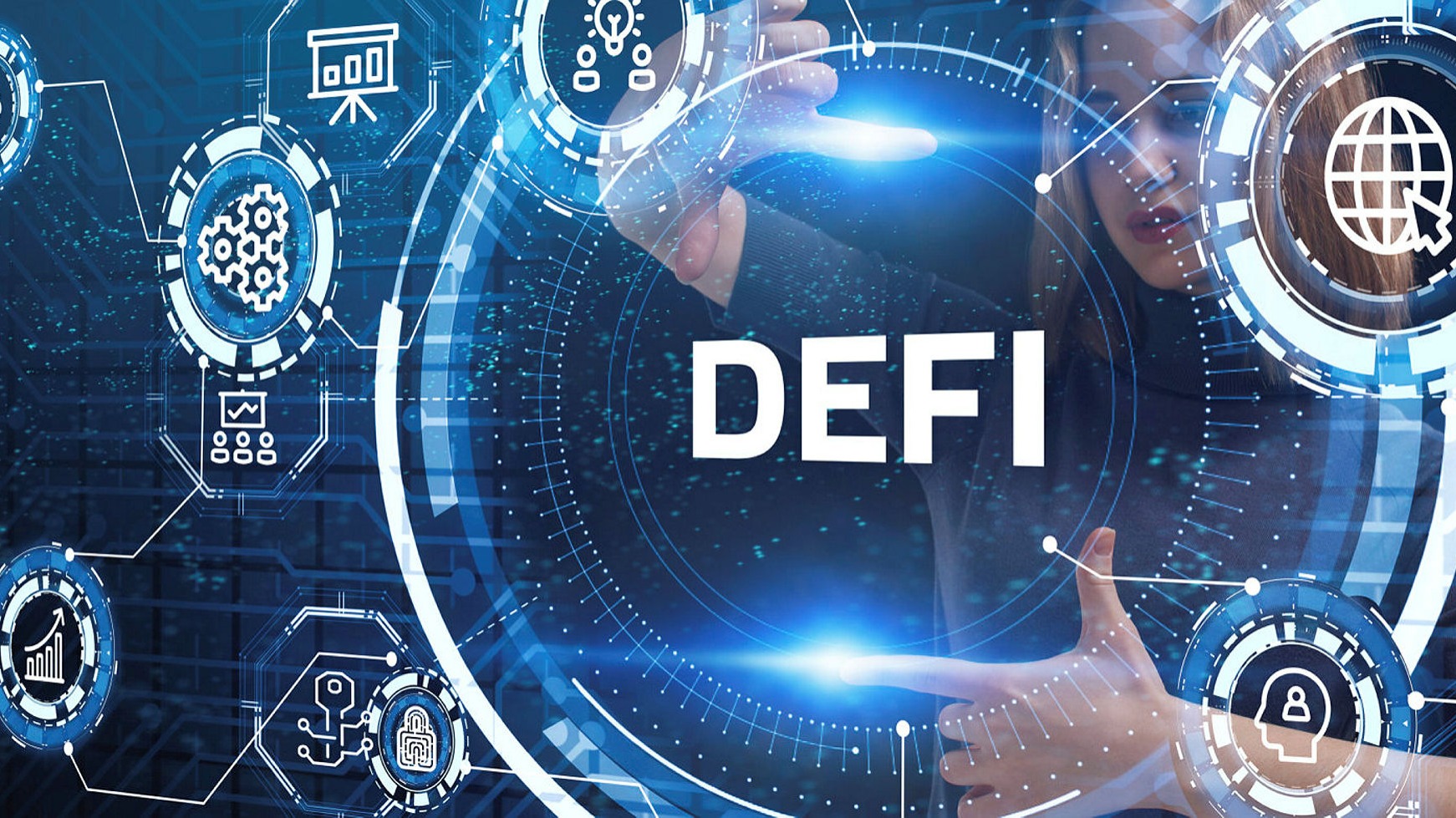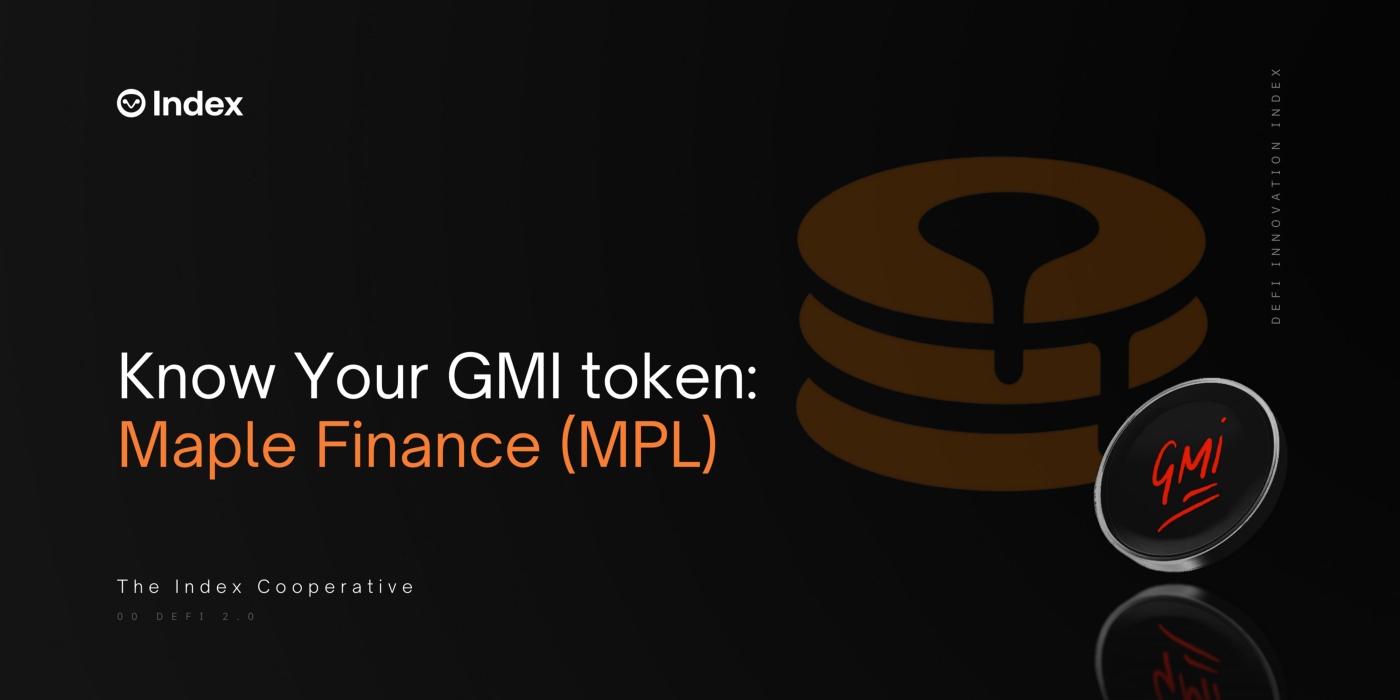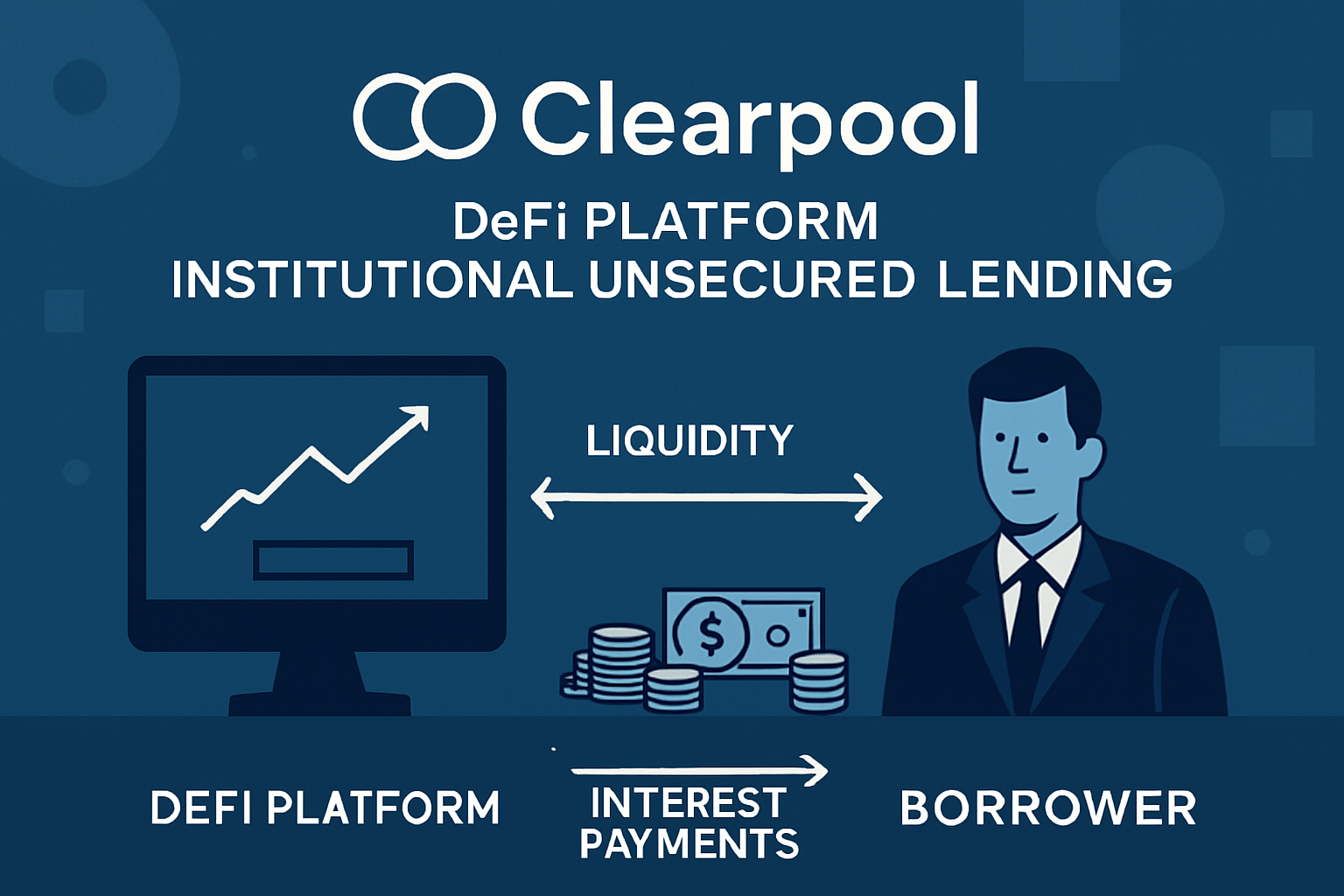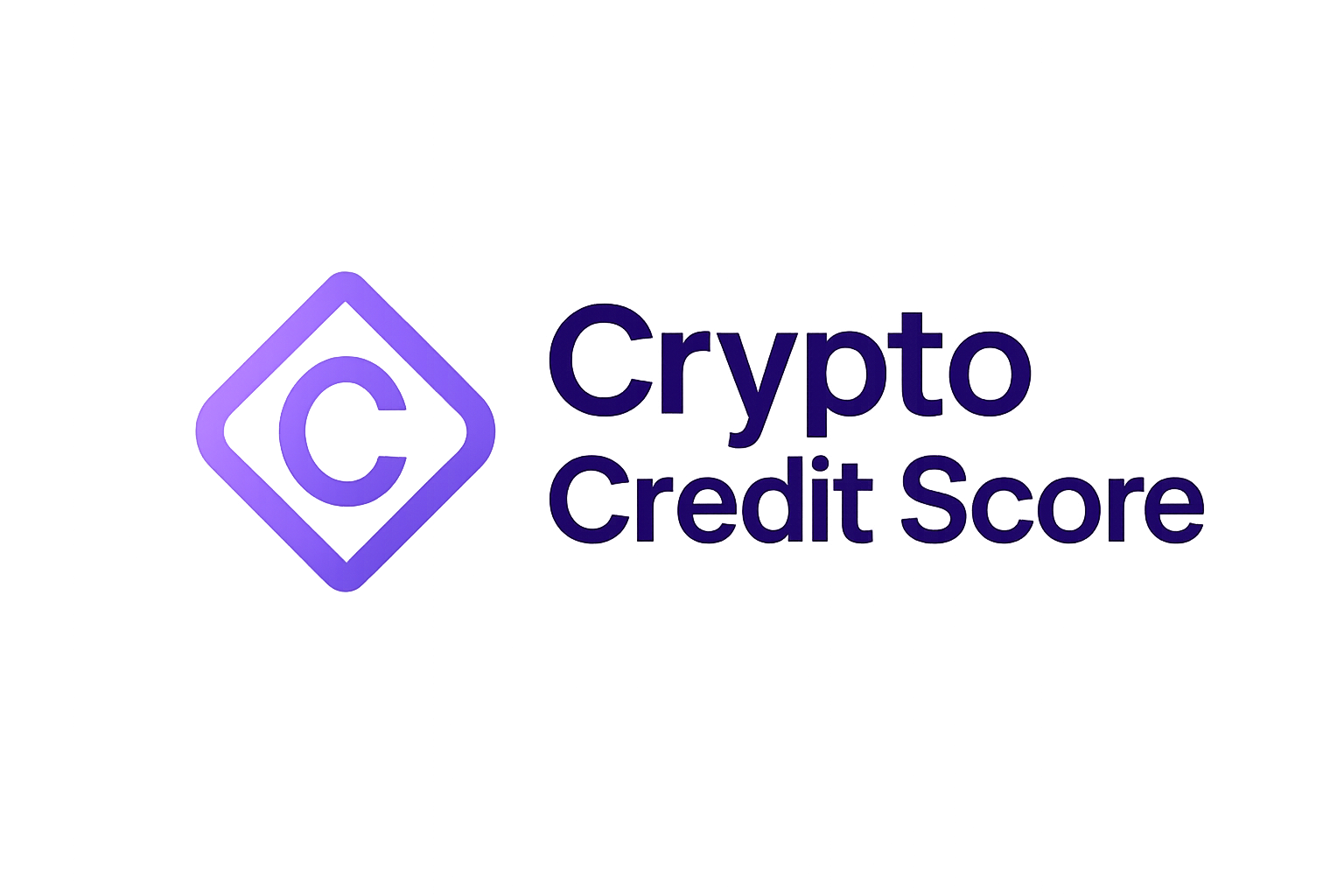
For years, the promise of decentralized finance (DeFi) was tempered by a fundamental limitation: nearly all crypto loans required borrowers to over-collateralize, frequently locking up 150% or more of the loan’s value in digital assets. This approach, while minimizing protocol risk, drastically limited capital efficiency and excluded a vast segment of potential borrowers who could not afford to immobilize significant funds. In 2025, the emergence of on-chain credit scores is radically transforming this landscape, enabling collateral-free crypto lending at scale.

The Mechanics of On-Chain Credit Scores in DeFi
On-chain credit scores are algorithmically derived metrics that assess an individual’s or entity’s creditworthiness using transparent blockchain data. Instead of relying on opaque, off-chain records or centralized bureaus, these scores analyze wallet activity, transaction history, repayment patterns, and even participation in governance across multiple protocols. The result is a dynamic risk profile that can be queried by any smart contract within the Web3 ecosystem.
This technical innovation allows lending protocols to move beyond static collateral requirements. For example, platforms like TrueFi have pioneered reputation-based lending by combining both on-chain and off-chain data to create nuanced borrower profiles. Similarly, Untangled Finance’s integration with Moody’s Ratings brings traditional credit assessment onto public blockchains, further enhancing transparency and risk management.
From Overcollateralization to Collateral-Free Lending
The shift from overcollateralized loans to collateral-free crypto lending is not merely incremental, it represents a paradigm change for DeFi. With reliable on-chain credit scores in place, protocols can confidently extend under-collateralized or even unsecured loans without exposing themselves to undue risk. Smart contracts now automate loan terms in real time based on the borrower’s evolving score: interest rates adjust dynamically and collateral requirements can be reduced or waived entirely for high-quality borrowers.
This evolution has already produced measurable results. According to recent market data, on-chain lending volume surged to $18.7 billion in November 2025 as stablecoins became programmable settlement rails for these new forms of credit. Visa projects this sector could expand exponentially, potentially reaching $40 trillion, driven by mainstream adoption and integration with legacy finance.
Pioneering Platforms and Protocols Leading the Charge
Several leading platforms are at the forefront of this transition:
- TrueFi: Offers uncollateralized loans based on rigorous blockchain-based credit assessments; its model leverages both historical protocol performance and external data sources.
- Aave and Compound: Still dominant for traditional overcollateralized loans but actively exploring hybrid models that integrate reputation scoring for improved capital efficiency.
- Untangled Finance: Integrates Moody’s Ratings directly onto blockchain rails for institutional-grade risk analysis.
The result is a rapidly maturing ecosystem where decentralized credit bureaus provide real-time assessments accessible by any Web3 application, a critical step toward trustless yet inclusive financial services.
These advancements are not just theoretical, they are actively reshaping the lending landscape for both users and protocols. By leveraging DeFi credit assessment 2025 standards, protocols can algorithmically tailor loan offers to individual risk profiles, unlocking access for previously underserved populations while maintaining robust risk controls. This granular approach to credit enables borrowers with strong on-chain reputations to secure loans with little or no collateral, while borrowers with less established histories may face higher rates or stricter terms until they build their blockchain reputation.
Protocols like TrueFi have demonstrated that blending blockchain reputation lending with traditional financial metrics yields a more holistic and accurate credit model. Meanwhile, the integration of stablecoins as programmable settlement rails further automates repayment and liquidation processes, reducing manual intervention and operational friction.
Top 5 DeFi Platforms for Collateral-Free Lending in 2025
-

TrueFi pioneered reputation-based lending by using a blockchain-native credit scoring model that combines on-chain and off-chain data. This enables borrowers to access uncollateralized loans based on their creditworthiness, verified transparently on-chain.
-

Untangled Finance, in partnership with Moody’s Ratings, integrates traditional credit scores on-chain to enhance borrower assessment. This approach bridges DeFi and TradFi, allowing for more accurate risk evaluation and collateral-free lending.
-

Maple Finance offers under-collateralized lending to institutional borrowers by leveraging on-chain credit assessments and a network of accredited pool delegates. Its transparent smart contracts automate loan origination and management.
-

Goldfinch specializes in real-world asset lending by providing uncollateralized loans to businesses in emerging markets. The platform uses on-chain credit scoring and community governance to manage risk and allocate capital efficiently.
-

Clearpool enables institutional unsecured lending through decentralized credit pools. Borrowers are evaluated using on-chain reputation and off-chain data, allowing for dynamic interest rates and risk-adjusted lending without collateral.
Risk Management and Transparency in the New Lending Paradigm
The transparency inherent in on-chain analytics is a double-edged sword, while it empowers protocols to make better decisions, it also exposes them to new vectors of risk if data is misinterpreted or manipulated. To address this, leading platforms are investing heavily in smart contract auditing, continuous monitoring tools, and decentralized governance frameworks. These measures ensure that decentralized credit bureau models remain resilient against fraud and gaming.
Automated risk scoring models now underpin most major DeFi lending markets, providing real-time feedback loops that adjust exposure as borrower behavior evolves. This dynamic system reduces systemic risk without sacrificing inclusivity or efficiency, two pillars essential for sustainable growth as the market targets Visa’s projected $40 trillion scale.
What’s Next: Interoperability and Global Financial Inclusion
The next frontier for crypto credit scores lies in interoperability, enabling seamless movement of reputation data across chains and protocols. As standards emerge for cross-chain identity and verifiable credentials, borrowers will be able to port their Web3 credit history wherever they go, further breaking down silos between ecosystems.
This evolution is already attracting attention from both institutional investors and regulatory bodies seeking frameworks that balance innovation with consumer protection. The convergence of decentralized identity systems and on-chain analytics promises not only more efficient capital markets but also genuine global financial inclusion, where anyone with a smartphone can access fair credit based solely on their verifiable blockchain activity.
The rise of on-chain credit scores marks a pivotal shift toward a transparent, programmable, and inclusive financial future. As these systems mature throughout 2025 and beyond, expect collateral-free crypto lending to become not just possible but mainstream, unlocking trillions in value across the decentralized economy.




